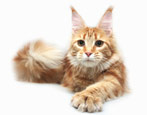Cats and dogs play a big role in human life. They compete among themselves in which of them is the best friend of a person. Dogs of some breeds serve the benefit of mankind, saving the lives of drowning people or searching for narcotic substances. Cats, in turn, have intuition, feel the mood of the owner, and in rare cases can even cure depression.
Despite the large differences, dogs and cats have a number of common features: love for a person, a similar diet, the presence of abundant wool. However, the question “Who is smarter: cats or dogs?” interests many people, so our article will answer it in detail.

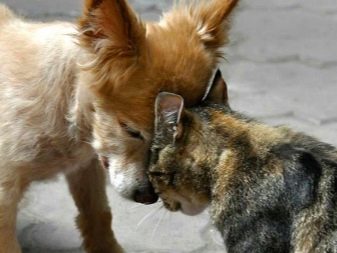
Intelligence Comparison
Scientists have conducted a series of studies on animal intelligence, during which the following conclusion was made: the brain of the dog contains more than 525 million neurons, while in the cat this figure is 250 million. This gives a clear answer to the question from the point of view of scientific facts. It was also found that the raccoon brain is equal in number to the canine neurons, so raccoons can think along with these four-legged pets.
Dogs also compare favorably with cats in that they can learn from their relatives. The dog accumulates it, assimilates survival skills, and in the process of reproduction transfers genes to its offspring. Cats are not prone to such heredity, and kittens are born without the knowledge of their parents.
Of course, some knowledge will always be inherited in the cat family, but the evolution of dogs in this matter is more progressive.
The conclusion that dogs are twice as smart as cats can be interpreted from different points of view. Some scientists agree that cats are simply less amenable to study and analysis, which is why it is too early to draw conclusions about the rationality of pets. It is known that cats often lead a separate lifestyle and are capricious. At the same time, the dog coexists better in a team of relatives and can learn from other dogs, learning from other people's mistakes.


Animal features
To get a complete picture of the intellectual abilities of cats and dogs, it is necessary to make a number of signs for each species: how cats differ from dogs for the better and vice versa. Cats differ from dogs in the following ways.
- Manipulation by man. Putting humor aside, we can confidently say that cats have the ability to manipulate the owner. This happens because cats intuitively understand what actions the owner reacts particularly sharply to. Everyone remembers the famous red cat in boots, who gazed with the eyes of the heroes of the cartoon "Shrek"? This is a vivid example of the simplest pet manipulation.
The fact speaks of the highly developed intelligence of cats and the ability to analyze the behavior of surrounding people, applying this knowledge to their own benefit.


- Prioritization. The owner of the cat often observes the following picture: the cat intentionally passes by a new toy and prefers another occupation, but in a month he may suddenly become interested in this subject. This once again confirms that cats are able to focus specifically on those things that interest the pet in a given period of time. Such legibility in hobbies claims cats as creatures with an individual, sometimes moody character.
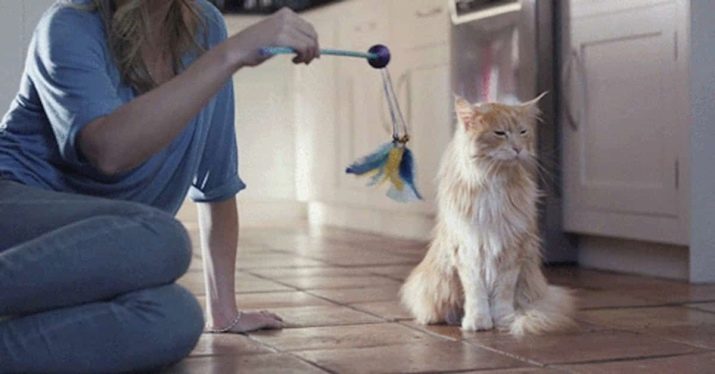
- The coldness or iron calm of cats. Cats endure new acquaintances quite hard, and each new subject in their habitat undergoes a leisurely, careful study. If the dog can not restrain curiosity and rushes at an unidentified object (ball, toy), then any cat is wary of exploring the object: sniffing, walking around and looking closely. This approach has repeatedly helped cats avoid environmental troubles.
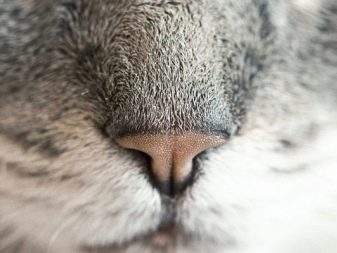

Dogs also have some features that distinguish their intellectual abilities from feline.
- Mastering new skills. Dogs are much more comfortable with team training, while cats quickly lose interest in training. The dog is trying to please the owner and get approval. This defines two qualities in dogs: loyalty and quick memorization of information.
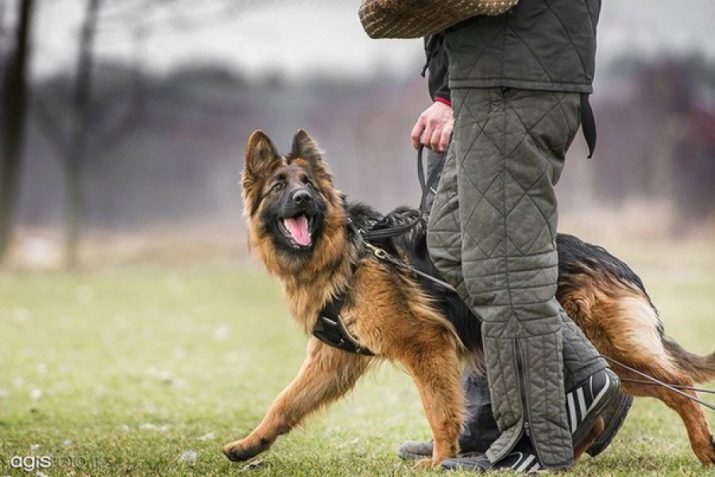
- Clumsy movements. The dog does not strive for elegant movement or quiet movement: the animal is more likely to rush to the target rather than move gracefully. Representatives of the cat family strive for a smooth and silent movement.



- Poor tolerance of loneliness. A cat can be without human presence for a day without experiencing discomfort. The dog will worry about where the owner disappeared, and why there is no one in the room. This does not mean that dogs are smarter than cats, but characterizes dogs as communicative and friendly creatures.

- Collective mind. Dogs use in the process of hunting for prey all relatives: they are combined in a flock, and each individual has a clear task. There are no such examples among feline representatives, because cats prefer to pursue a pursuit alone.


The effect of domestication
For a long time, researchers spread the theory that the domestication of pets led to a deterioration in their intelligence and brain activity. Allegedly, due to the sparing living conditions (soft bed, daily feeding, petting the owner), cats and dogs have lost part of their mind. The theory suggested that animals no longer had to constantly look for food, overnight, and a safe place to sleep and rest.
However, after serious research, the fact of the loss of intellectual abilities in pets was refuted.
Although pets no longer need survival skills in the current environment, they use the ability to think for other purposes: exploring the world, remembering teams and pleasing your own master.

The following video will focus on animal intelligence in more detail.














